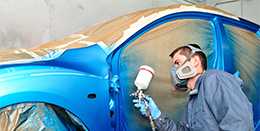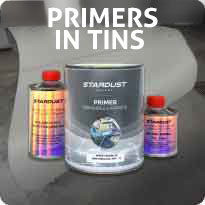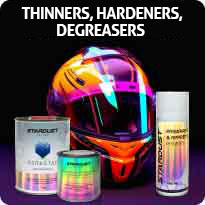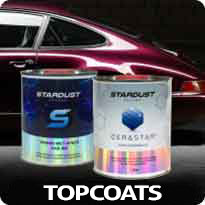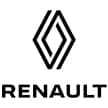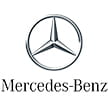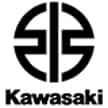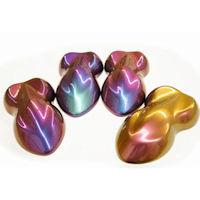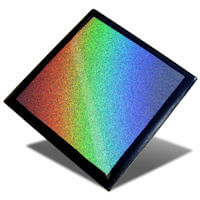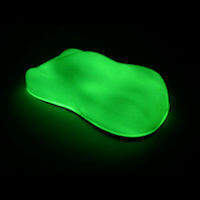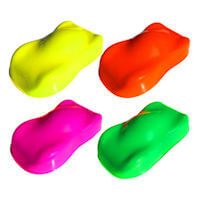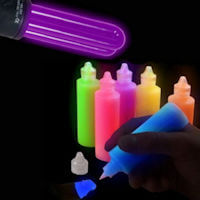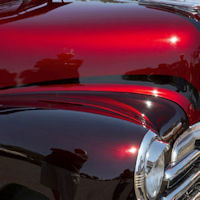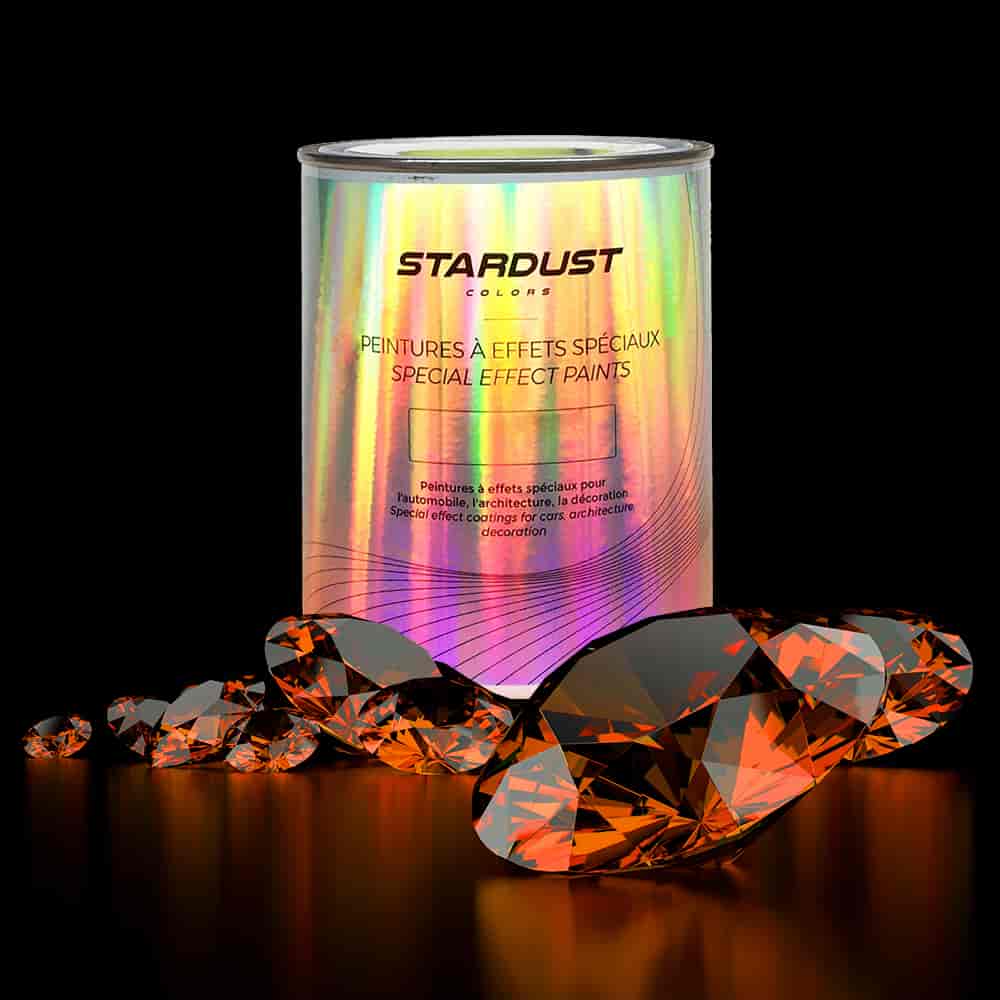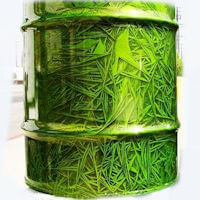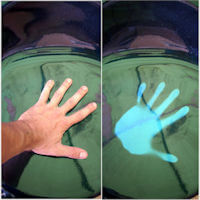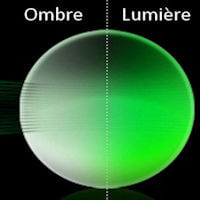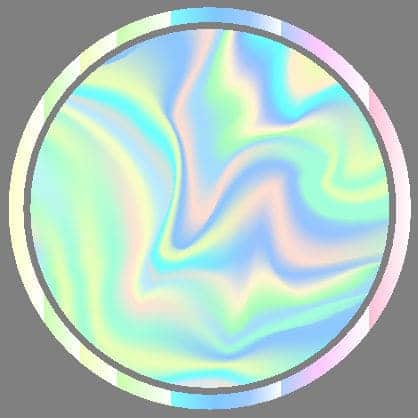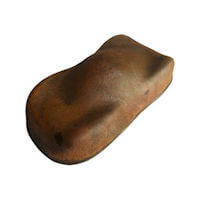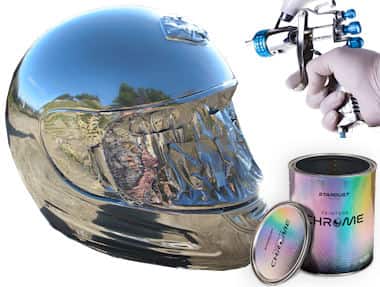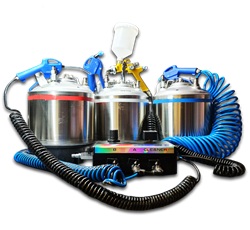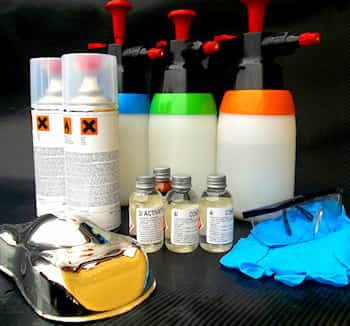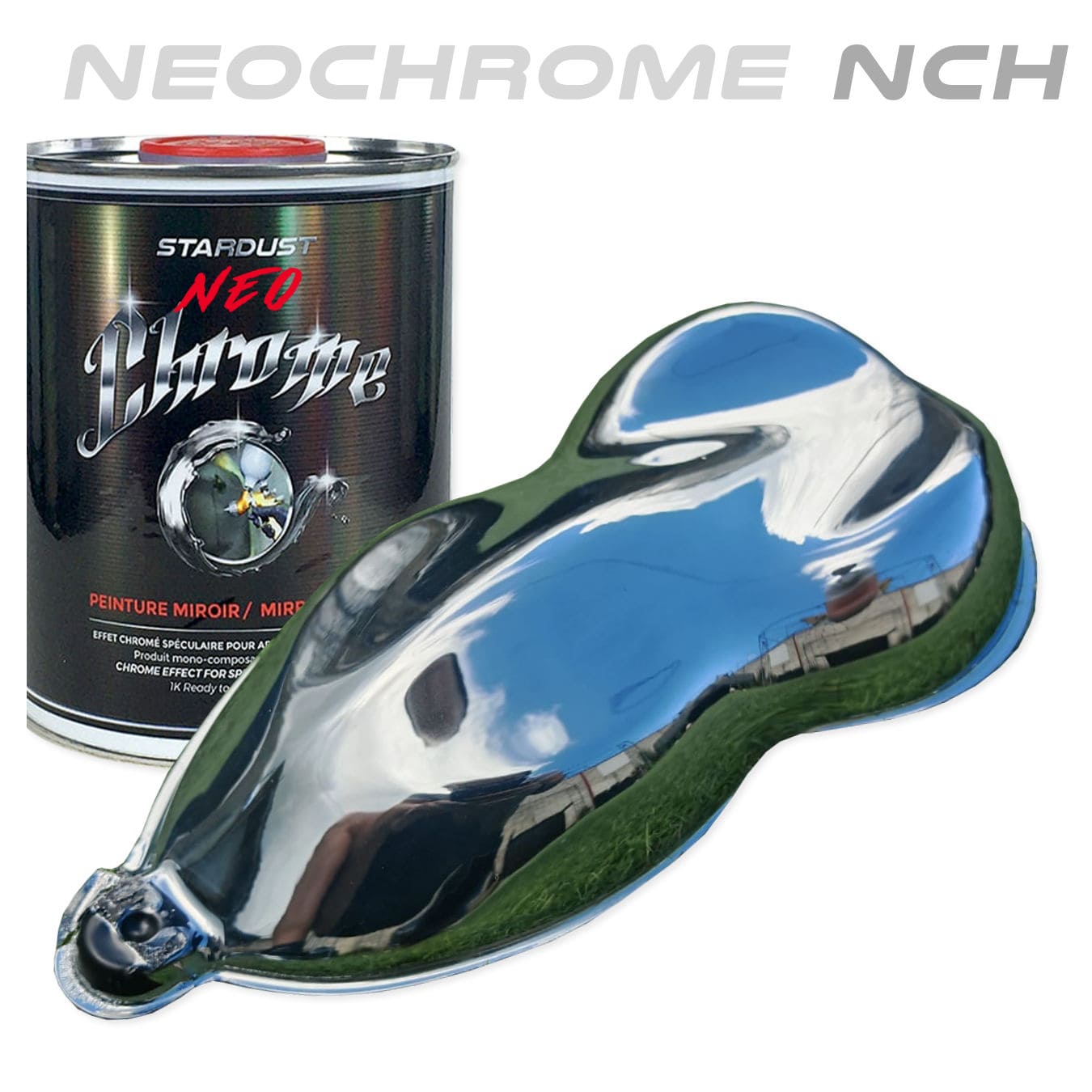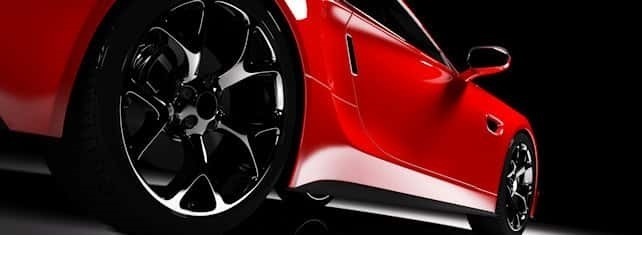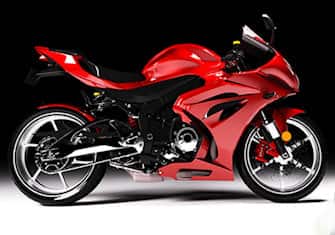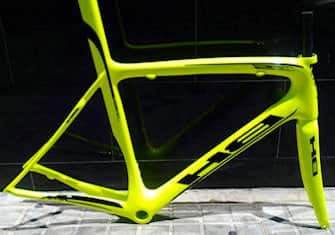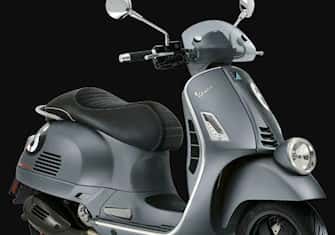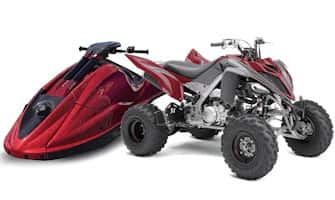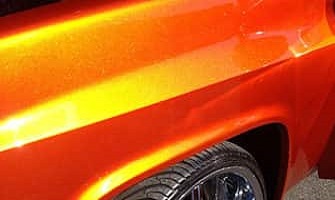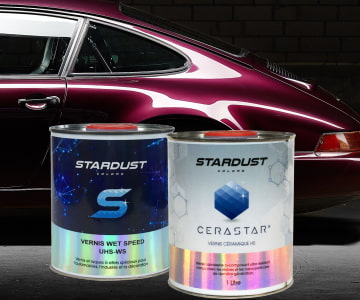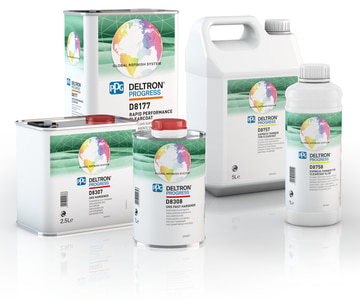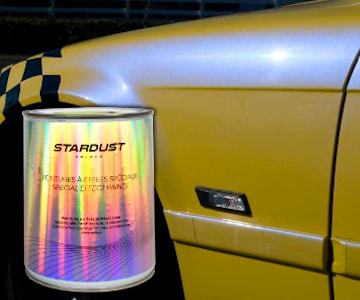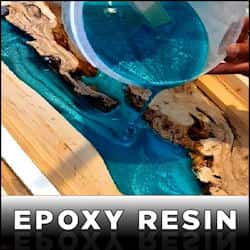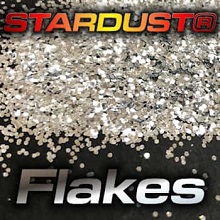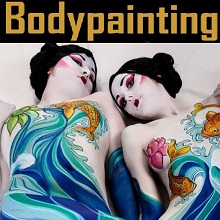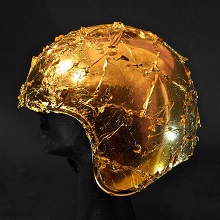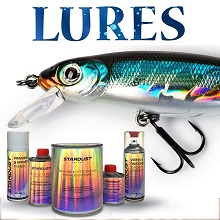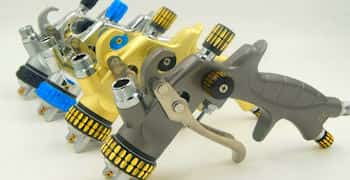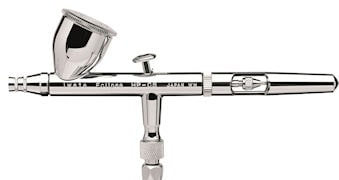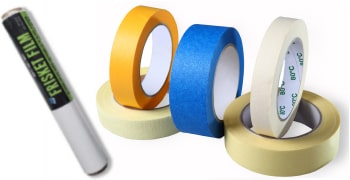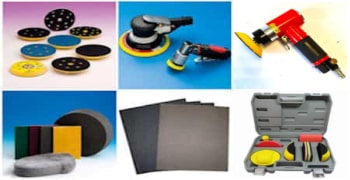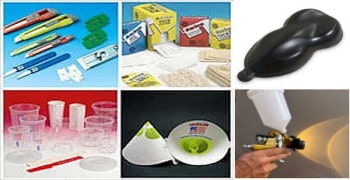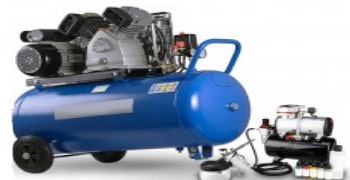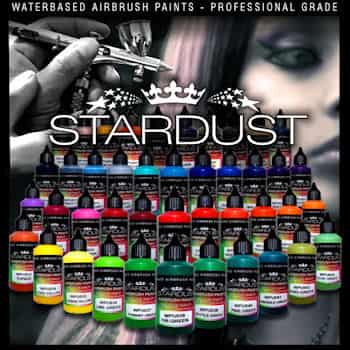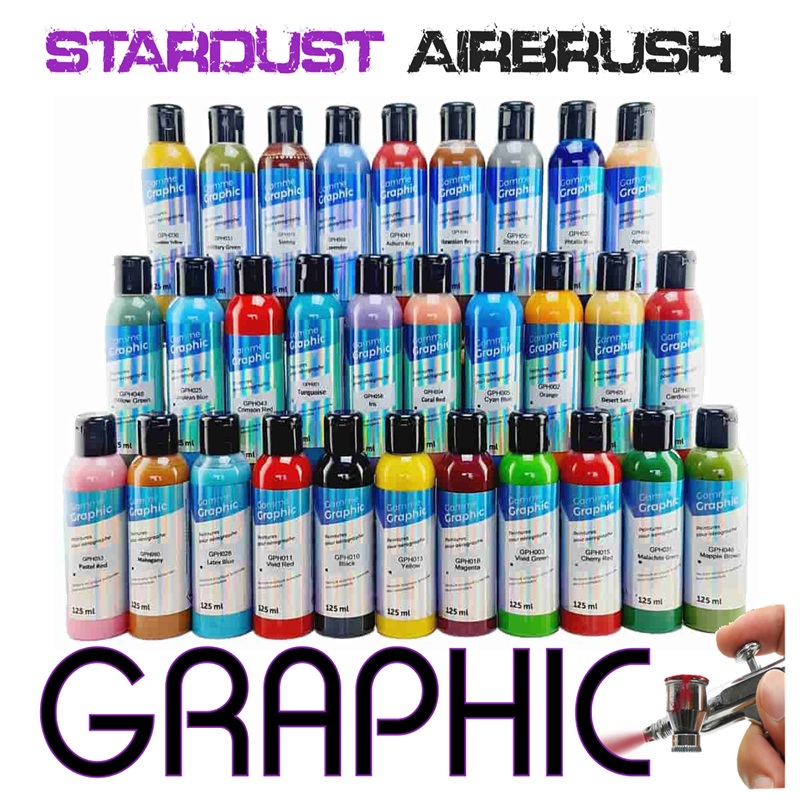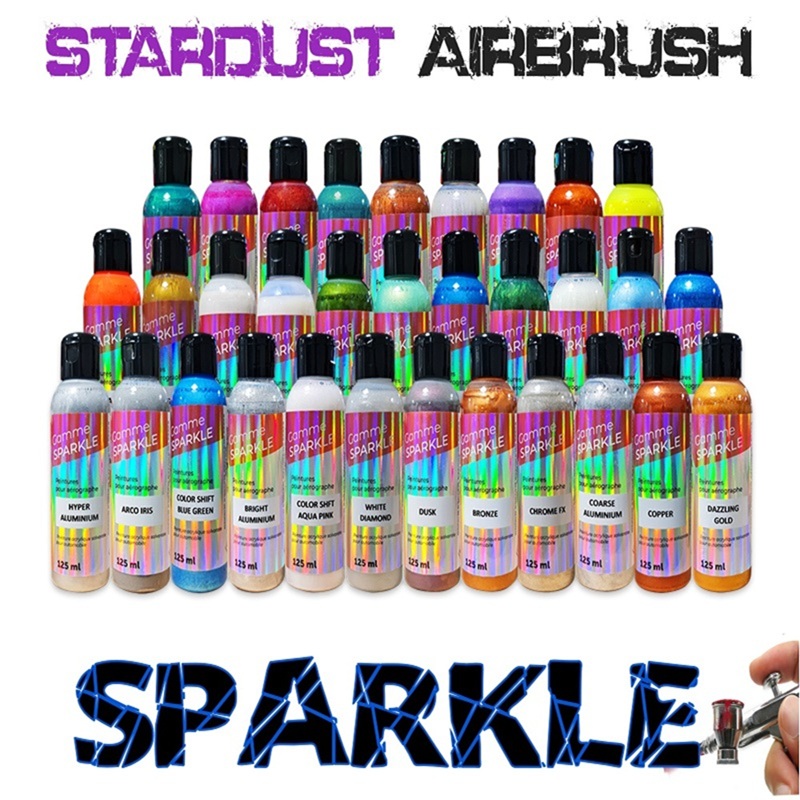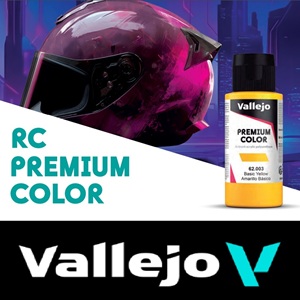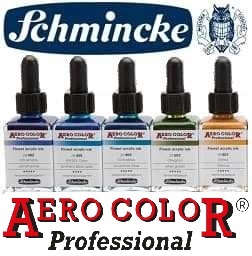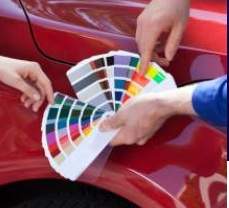 How much product should I apply to my motorcycle ?
How much product should I apply to my motorcycle ?
Once you've chosen the color you like, such as a beautiful golden orange flake, or a dark candy red, or a flashy neon green... and you've listed the different solutions, options and techniques available to personalize your motorcycle paintwork, you have to know what you need (in terms of quantity) to be able to prepare the budget required to redo your motorcycle paintwork. And that's no easy task, since each paint has a different price and each effect color has a different consumption.
In the world of motorcycle bodywork, we talk about coverage efficiency, which is measured in litres per square metre.
It’s best to plan for a slightly higher supply rather than just the bare minimum—especially if you want to keep a small amount for future touch-ups.
For example, a chopper or motocross-style bike with minimal fairings (a fuel tank, two side covers, and two small mudguards) requires around 1 to 1.5m² of surface to paint.
For a sportbike, or even better, a large touring motorcycle with an extensive front fairing, the surface to paint can reach 2 to 3m².
How much paint is needed for a complete motorcycle ?
The rule is simple (let's talk in litre because this is how products are generally sold)
About 10 to 12 m² per litre and per coat.
As it is necessary to apply two or three layers, the final yield is : 4 to 6 m² / L, very logically.
Then the types of products depend, but also their colors. To put it simply, the primer coat represents approximately 500 ml to 1 L (mixed), depending on the state of the surface (there's no need to add too much to a surface that's in good condition!)
As for painting a motorcycle, a minimum of 500 ml of diluted paint is required for a small motorcycle. Repainting a large motorcycle requires at least 1 Litre diluted or even pure.
Take into account the type of color you've chosen for your motorcycle. Some colors cover better than others, and others are transparent (if the fairings of the motorcycle are not primed with an adequate and homogeneous color, then litres will not be enough to cover !).
The clearcoat : about 500 ml for two coats on the smallest models and up to 1L for Harleys with cases and windshields... Ask our technician for advice. The quantity should be doubled if the motorcycle is to be varnished twice, to increase the gloss!
 Mixed, ready to use, pure...
Mixed, ready to use, pure...
Each type of primer, clearcoat and bodywork clearcoat is a specific product, which works with a thinner and sometimes a hardener.
Yield refers to the product pure or with hardener.
Only when RFU* or ready-to-use is specified, is the yield with thinner included. Consumption is specified for pure or ready-to-use paint on body paint product pages.
RFU: “Ready For Use”.
Special cases
Some special effect paints have special yields !
For example, for a fluorescent paint, the yield is low because the paint is transparent, and it's advisable to apply as many coats as possible to extend resistance and life.
Other paints, such as "Black interference" or dark "Diamond" colors, are applied in one or two very thin veils, so the quantity required is very minimal.
In the case of chameleon effects, for example, it's important to cover the black background perfectly with these micro-pigments to obtain a vivid, intense hue: in this case we're talking about low yields.
In the case of holographic paints, the requirement can go from 1 to 5, depending on the desired coverage effect...
How to find the reference and color code for your motorcycle paint ?
How to paint the frame of your motorcycle ?
What paint to paint your motorcycle ?
What paint to repaint the fairings of your motorcycle ?







